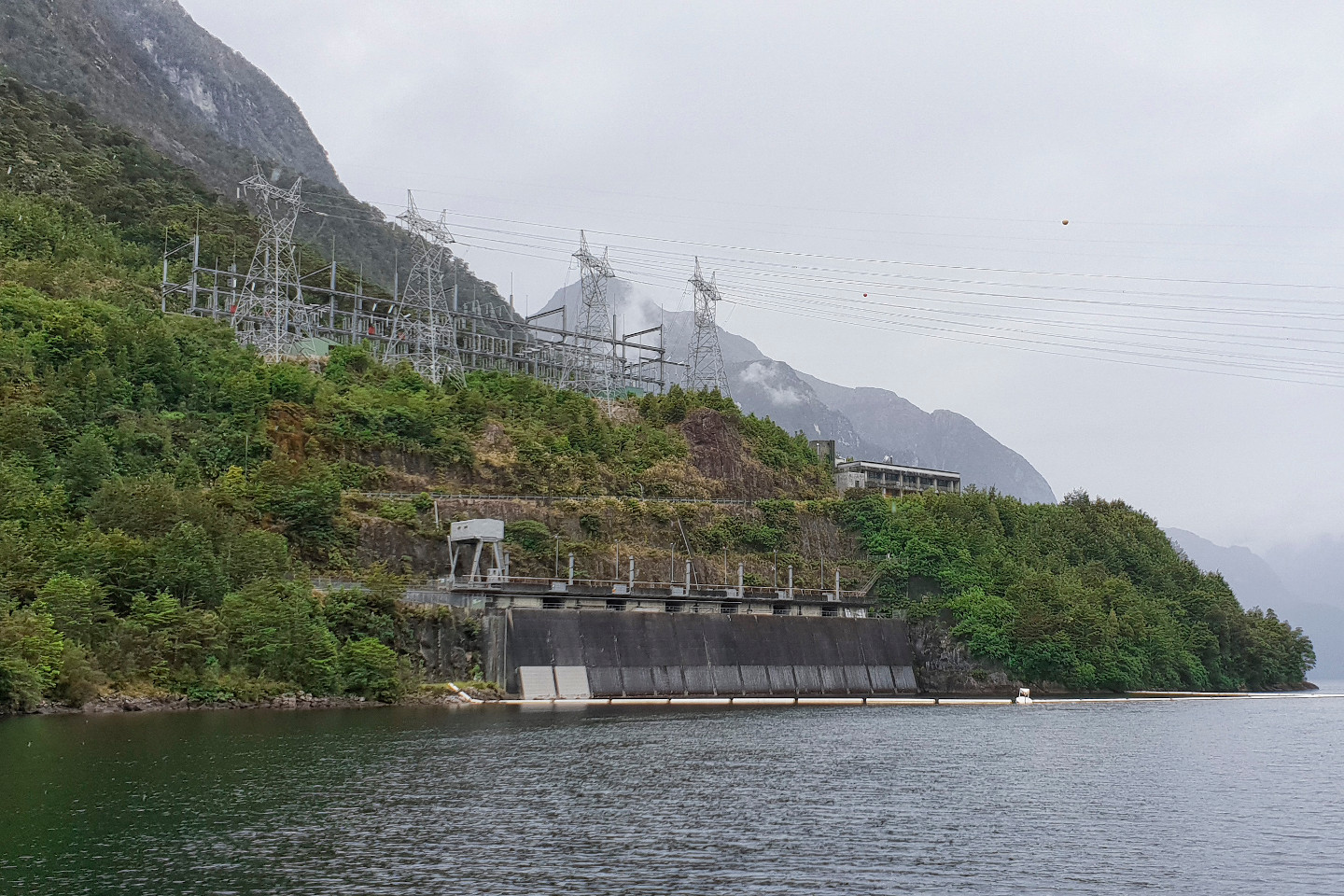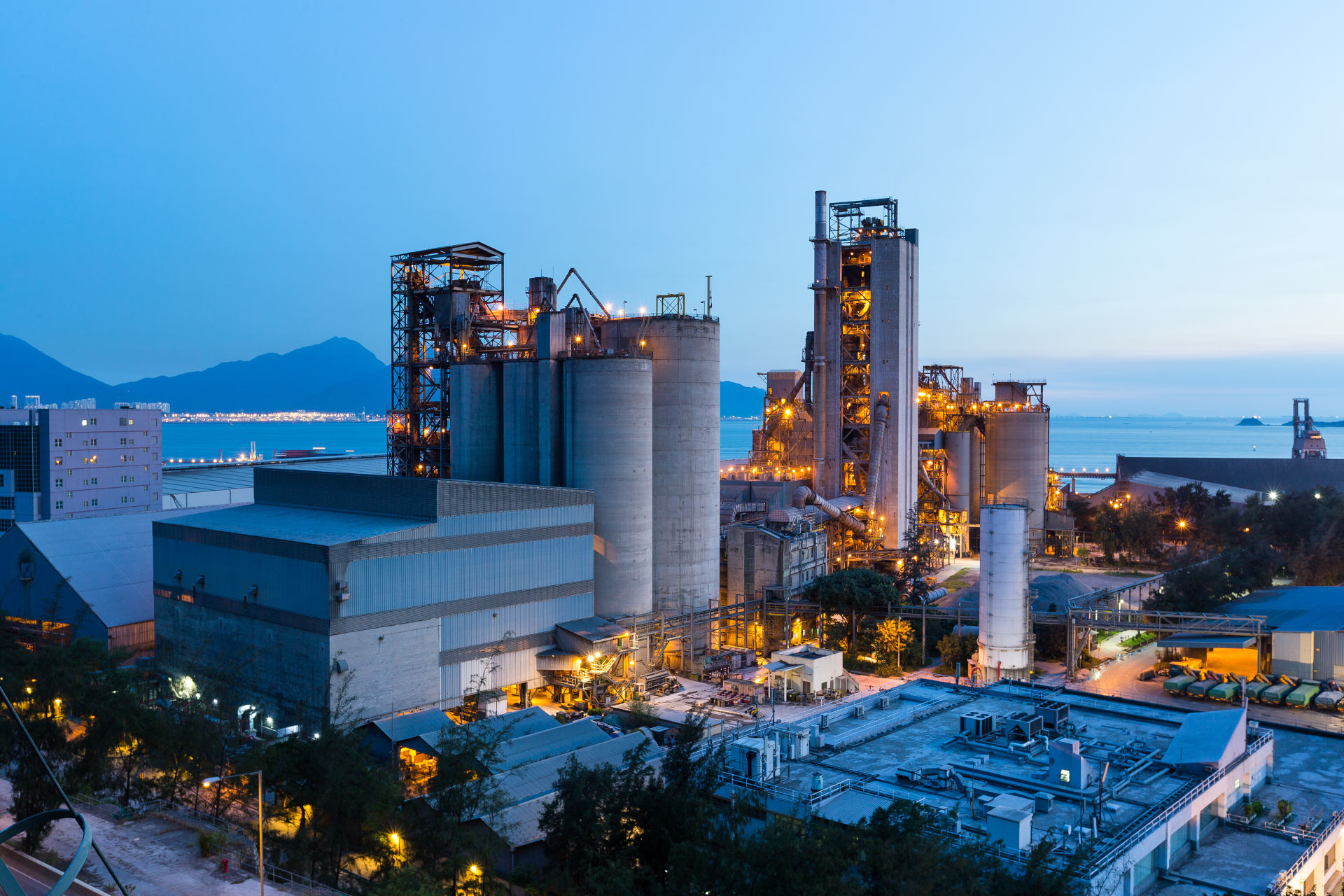Power Engineering Solutions
CES P/L delivers well-engineered power system solutions. We adopt a forward-thinking approach to design our solutions with contingency and future capacity in mind.
We primarily work for;
- Industrial plants
- Mines
- Tunneling projects
- Quarries and;
- Factories
We also focus on modelling power systems. We use SKM Power Tools to assess the potential fault levels in a power system. From this, we can develop your protection grading and coordination studies.
From the output above we will determine ARC Flash hazards and implement the appropriate design or changes to switchboards (i.e. remote operation of equipment), providing increased safety as a key outcome.
Our Power Systems Capabilities Include:
- Arc Flash Analysis
- Commissioning
- Concept to detailed Design
- Earth Mat & Lightning Design
- Energy Audits
- Fault Level Analysis
- High Voltage
- Infrastructure upgrades
- Low Voltage
- Monitoring Systems
- Motor Control
- Optimising Power
- Protection Analysis
- Reticulation
- Site Network Design
- Substations
- Switchboard Design

Why choose CES for Power System Engineering?
When organisations approach us, power systems are usually just one aspect of the project scope.
CES P/L is effectively a one-stop-shop, we are a multidisciplinary team of engineers who handle projects from start to finish, which includes modeling, concept design and design process for all power systems
Power System Engineering Process
Please touch base through our contact page.
We can then organise an on-site meeting to discuss requirements, collect the necessary data and conduct an initial site review. If possible, such in the case of power systems modelling, we can conduct this stage remotely after data is collected.
Afterward, we would provide a scope of work and a quote for the job.
Where data collection is undertaken by site personnel, CES will optimize our design processes, and add efficiency by providing template documents so the information can be supplied for analysis.
In these templates, we will usually request:
- Single line diagrams
- Electrical equipment
- Specifications
- Name plate details
- Project details (deadlines, how service is currently managed, etc)
On-site Reviews
During the initial site review, we are primarily looking at the existing infrastructure. This is to ensure the infrastructure is viable for the proposed upgrades and/or integration with the new infrastructure.
This on-site review may result in extending the scope of works to look at replacing some equipment and addressing the equipment life-cycle prior to commencing the project and finding that roadblocks, ensuring the site is up to standard for the proposed upgrades from the get go.
Project Management
We set our service agreement, communication and boundaries at the beginning of the process as part of our Fee Proposal. We develop:
- Detailed scope of works
- Timeframes
- Scheduling
- Ongoing services
Outcomes
We are able to deliver a range of outcomes for our clients;
- Provide designs/upgrades to operations
- Confirm areas personnel can operate equipment safely
- Identify safety risks
- Equipment upgrades and
- Overall optimisation
Key Projects
EMS Group

We acted as the engineering arm to perform design work for the EMS group to ensure systems are safe and functional.
Projects include the North and West connection tunnels located in Sydney, NSW and numerous gold mines in Western Australia and Victoria.
Whitehaven Coal Ltd

For Whitehaven Coal, we were engaged to develop the power system model in our software.
A focal point was undertaking the analysis of protection systems and ARC Flash energy levels to determine the safety of personnel, undertaking switching operations.
Power Systems FAQ
-
What are your common challenges to overcome when providing power systems engineering?
A recurring challenge is obtaining the correct information with respect to installed information required for modeling. At times, clients require assistance with this step.
To be able to model power systems, we need to know all the electrical characteristics of the equipment that is currently installed. As an example, the cable sizes, cable lengths, transformer sizes, protection relay details and current transformer ratios.
This is not always possible because the equipment is in service, or located in very hard to access areas. Additionally, the drawings or single-line diagrams we are sent may be incorrect.
As a result, we can make no assumptions on the information that is sent to us. Our models are only as good as the information we input. This information also has a flow-on effect to procurement, assess management, etc.
-
Can you provide an example of optimising power?
A common example of this is conveyor systems on mining and industrial sites, where a button is pressed to turn the system on and deliver product to a bin.
We may install a device called a variable speed drive, which is able to control the speed, voltage of the conveyor. Using the variable speed drive, we are able to ensure the bin is not overloaded and lower the possibility of undue stress to the mechanical components.
The optimisation is found in minimising throughput losses (i.e. only using the power that is necessary) and granular control of torque, start-up power draw, speed control, trouble-shooting efficiency and improved reliability.
This ends up in lower overall energy consumption and cheaper power bills on-site from our forward-thinking approach to design our solutions with contingency and future capacity in mind.
-
Is it cost-effective for a site to generate their own power versus connecting to the grid?
We’ve performed a number of models looking at options on power.
It is usually cost-effective for large consumers of power to be connected to the grid. The infrastructure and costs from other energy (i.e. gas or diesel) is usually greater than the cost of connecting to the grid.
CES P/L look at the opportunity for supplementary power, such as generating power in-house (i.e. utilising waste steam on a sugar mill to drive turbines), exporting power to the grid when the site does not require power and other internal processes.


